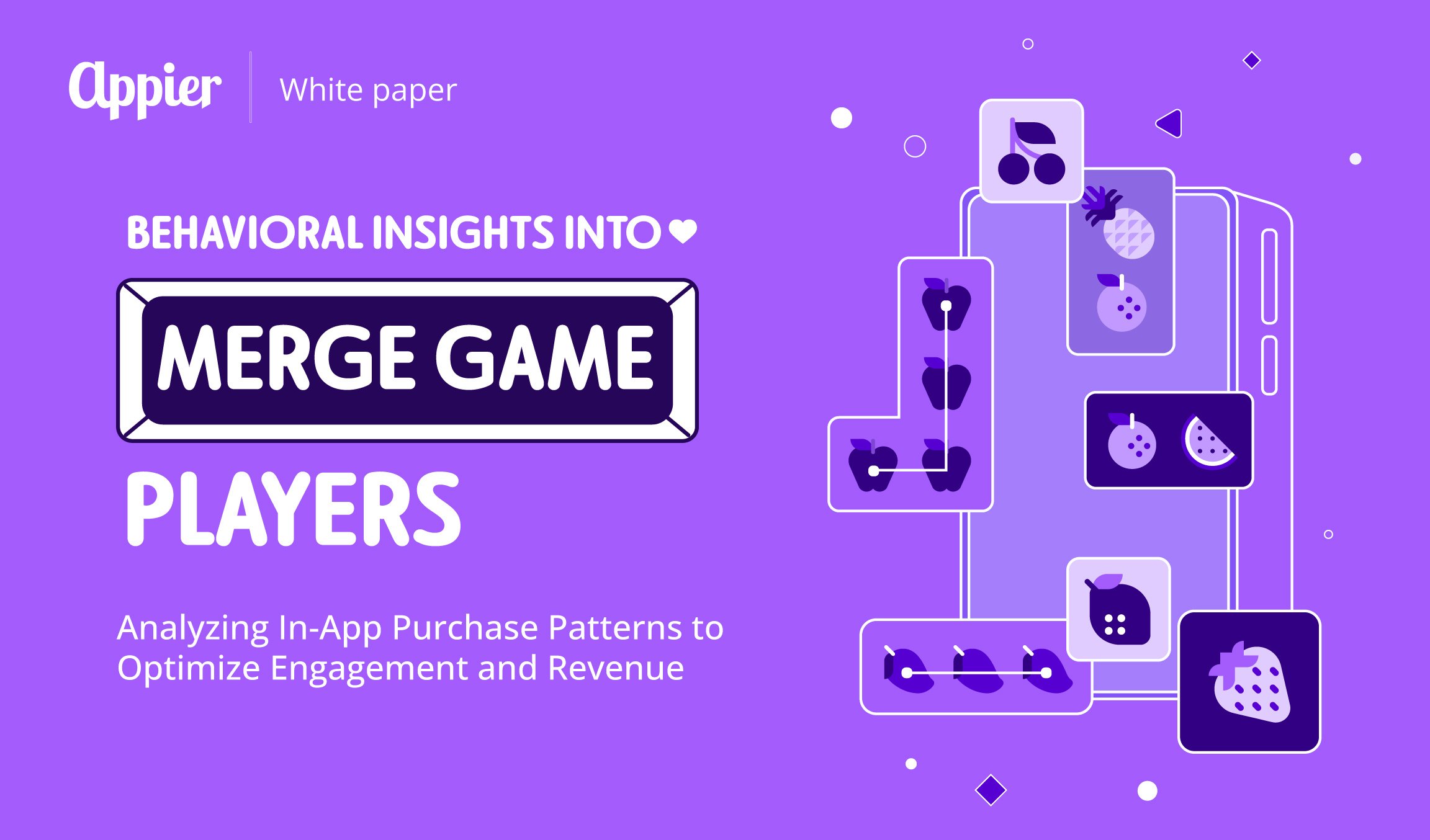Global marketing spend is expected to increase across most markets, especially in Asia Pacific, which will account for one third of the global advertising market by 2023.
However, higher spend doesn’t always mean higher return on investment (ROI). A recent survey by Rakuten Marketing shows that marketers worldwide waste an average of 26 percent of their budgets on ineffective channels and strategies, while half of them misspend at least 20 percent of their budgets.
As the uptake of marketing technology increases, more and more marketers are looking to artificial intelligence (AI) to support their marketing and customer engagement activities. A research shows that AI-powered marketing campaigns had a sevenfold increase in customer engagement and a threefold increase in revenue , compared to campaigns without AI help.
Here are three ways how you can use AI to stretch your budget, and get the most bang out of your marketing efforts.
1. Develop High-Value Micro-Segments for Precise Targeting
When it comes to audience targeting, it is no longer enough to just know customers’ demographic profiles and what types of products they have viewed in general. For precise targeting, you need to dig deeper to identify their specific interests. This is where you can leverage AI to unify and analyze complex consumer data on your own channels and external websites at a scale and a speed unmatched by human analysts. The insights powered by AI enable you to create high-value segments that are most aligned with your goals.
For example, instead of using a broad interest such as ‘sport’, AI can identify interests as specific as ‘football boots’, ‘Muay Thai matches’ or ‘Olympics memorabilia’, and each would have different implications in terms of customer intent. A sporting goods retailer would prefer to target a consumer primarily interested in ‘football boots’, whereas an event promoter would be more eager to target someone who is a Muay Thai fan.
Furthermore, you can use natural language processing to figure out how a customer might react to your campaign based on keyword and sentiment analysis. This allows you to predict the potential engagement rate of various types of marketing campaigns, from a blog post to an in-app message or an EDM.
AI thus removes some of the uncertainty apparent in your marketing campaigns and helps shape the direction of the campaign down to the message that would resonate best with each audience segment, making your marketing activities more effective.
2. Boost Engagement With Dynamic Behavioral Messaging
The ability to engage your customers in real time with the right messaging will get any marketer ahead of the game.
Analyze customer behavior and interest using AI to foretell a customer’s intent, and then employ dynamic behavioral messaging to capture them with hyper-personalized offers, such as recommendations or coupons, in real time to increase the likelihood of uptake.
You will want to treat an indecisive customer John differently to Mike who is about to leave, for instance. Perhaps John has placed a number of items in his cart without checking out in the last 24 hours. An AI-driven customer engagement platform like AIQUA enables you to customize and send a message with an offer like ‘Complete your purchase today with a free gift’, or ‘Low on stock for your items’, adding a sense of urgency to encourage him to complete the checkout process.
On the other hand, Mike who is on the brink of abandoning the site during his visit would need more persuasive tactics, such as an exit intent pop-up or a trigger email based on the context of his visit. Instead of a generic ‘Don’t go’ pop-up, you can send him a more tailored message like ‘20% discount for your next purchase’ when an exit intent is shown, such as 30 seconds of inactivity.
Personalized recommendations based on customer interests and behavior are also useful when trying to boost the average order value. For example, offering camera accessories, such as a case, spare battery or memory card, after a customer purchased a camera could be seen as helpful and convenient, and is more likely to maximize their spend.
3. Continuous Optimization
Your work isn’t done with the delivery of a campaign. Continue to track and review the campaign results based on your most valuable key performance indicators , so you can optimize your marketing strategy and future activities.
Use AI to analyze all the data from your campaign results along with your existing customer data, and then leverage the insights to shape future messaging with the best-performing combinations of creative content, images, rich media and call-to-action buttons.
In time AI will be able to predict how well these campaigns will be received before you invest in them, so you can hone them for optimum engagement and maximum effectiveness before you press ‘go’.
When AI enables you to make sense of complex customer behaviour, predict their future actions, and know what calls for a personalized approach, you are taking a lot of the risk out of your marketing activities, increasing the effectiveness and ensuring a more solid ROI.



-1.png?width=3000&height=1834&name=SuperLike_%E5%B7%A5%E4%BD%9C%E5%8D%80%E5%9F%9F%201%20(1)-1.png)